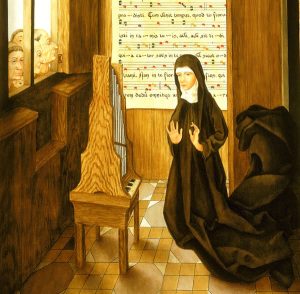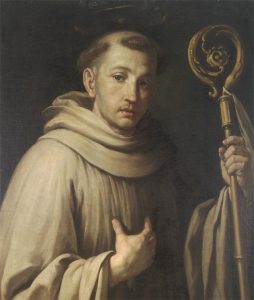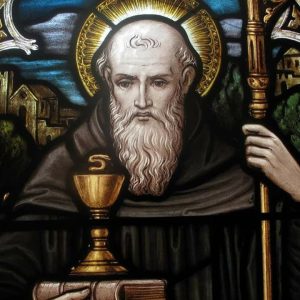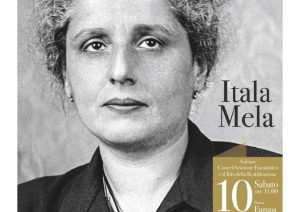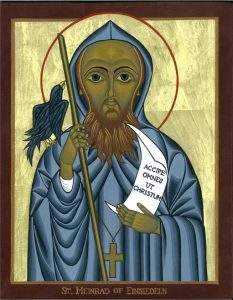 O God, who were pleased to give light to your Church by adorning blessed Gerard with the victory of martyrdom, graciously grant that, as he imitated the Lord’s Passion, so we may, by following in his footsteps, be worthy to attain eternal joys. Through our Lord Jesus Christ, your Son, who lives and reigns with you in the unity of the Holy Spirit, one God, for ever and ever. Amen.
O God, who were pleased to give light to your Church by adorning blessed Gerard with the victory of martyrdom, graciously grant that, as he imitated the Lord’s Passion, so we may, by following in his footsteps, be worthy to attain eternal joys. Through our Lord Jesus Christ, your Son, who lives and reigns with you in the unity of the Holy Spirit, one God, for ever and ever. Amen.
St. Gerard Sagredo was an 11th century Italian Benedictine monk and abbot of the Abbey of San Giorgio Maggiore in Venice. On pilgrimage in Holy Land, he met St. Stephen, the king of Hungary, who inited him to stay in that country as tutor to his son.
The king appointed Gerard as bishop –likely under pressure– of the newly formed diocese of Csanad. Bishop Gerard evangelized the remote areas of his diocese: he lived Matthew 25. Ora, labora et lectio was the paradigm of his ministry. Gerard was a scholar of sacred Scripture and wrote several treatises, now lost. He was known for his devotion to the Mother of God and one his homilies is the first recorded text of a Marian devotion in Hungary.
In 1046, Gerard was martyr by infidels who wanted his body destroyed by throwing it into the Danube River. The people of Hungary revered Gerard as a martyr and entombed his relics with those of King Stephen and his son, Prince Emeric, in the cathedral in Buda. Canonized in 1083, Gerard was raised to the altar along with St. Stephen and St. Emeric. By 1313, the majority of his relics were transferred to Venice, where they are honored in the church of Our Lady of Murano. St. Gerard Sagredo is celebrated as the proto-martyr of Venice and the Apostle of Hungary and is remembered as the patron saint of tutors.
